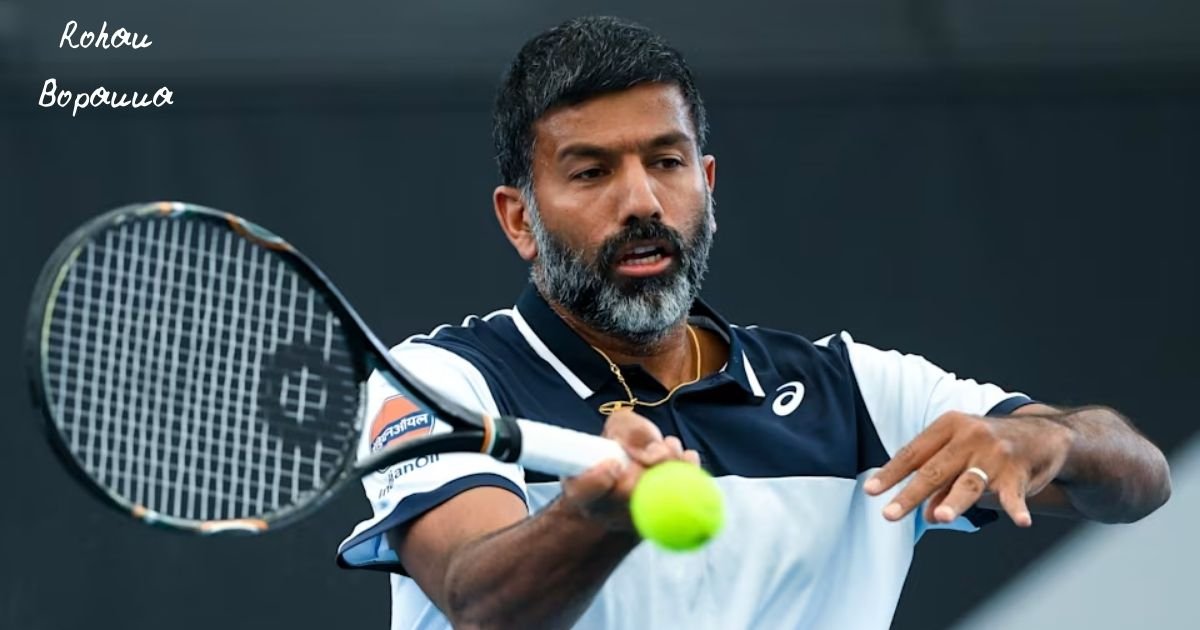Manga has captivated audiences globally for decades, but certain titles, like Chainsaw Man, stand out due to their unique storytelling, compelling characters, and cultural significance. Written and illustrated by Tatsuki Fujimoto, Chainsaw Man has rapidly gained recognition as one of the most intriguing and unpredictable manga series in recent times. This article explores the impact of Chainsaw Man, its critical success, and why it continues to attract a vast readership worldwide.
The Origin of Chainsaw Man
Chainsaw Man first appeared in Weekly Shonen Jump in December 2018, quickly grabbing attention with its violent yet highly engaging plot. The story follows Denji, a young man burdened with an enormous debt inherited from his late father. To pay off this debt, Denji works as a devil hunter alongside his pet devil, Pochita. However, after a betrayal leads to his death, Denji merges with Pochita to become the titular Chainsaw Man.
From its first chapter, Chainsaw Man set itself apart from other manga in the same genre by introducing a darker tone combined with eccentric characters. It’s a series where extreme violence and emotional depth coexist, making it a distinctive addition to the Shonen Jump lineup.
Plot Structure: Breaking the Mold
One of the most impressive aspects of Chainsaw Man is its unpredictable plot structure. While many shonen manga follow a standard formula—hero faces escalating challenges, builds friendships, and defeats enemies—Chainsaw Man veers away from such conventions.
The narrative frequently surprises readers with unexpected deaths, betrayals, and plot twists. Fujimoto excels at keeping the story fresh by defying typical tropes, which makes the stakes feel more real and intense. Characters that seem central to the plot are not safe from sudden, brutal outcomes, creating an atmosphere where anything can happen.
Dark Themes Balanced with Humor
Though Chainsaw Man deals with incredibly dark themes such as death, trauma, and existential dread, it also manages to inject humor into the narrative. Denji’s straightforward and often comically shallow motivations for survival, such as his desire to eat good food and experience a better life, create lighthearted moments amidst the chaos.
Fujimoto’s ability to balance humor with grim storytelling is one of the reasons why the series resonates with readers. Rather than allowing the narrative to become overly bleak, these comedic breaks give the audience a moment to breathe before plunging back into the next intense event.
Character Complexity: More Than Meets the Eye
The characters in Chainsaw Man are layered and complex, making them some of the most memorable in modern manga. Denji, for example, is initially portrayed as a simple-minded young man whose primary desires are basic comforts like food, shelter, and affection. However, as the story progresses, we see Denji grappling with deeper emotions such as loneliness, fear, and a longing for meaningful connections.
The supporting characters are equally compelling. Power, a devil hunter with an unpredictable personality, adds chaos and fun to the series, while Aki Hayakawa, a more stoic character, balances the group’s dynamic with his calm yet determined nature. Each character in Chainsaw Man serves a distinct purpose, and their development over time adds depth to the already complex story.
The Visual Appeal of Chainsaw Man
Fujimoto’s art style in Chainsaw Man is another aspect that elevates the series. The manga’s action scenes are depicted with raw intensity, and the grotesque imagery of devils adds a sense of horror to the experience. The “chainsaw” element, where Denji transforms parts of his body into chainsaws, is visually striking and often leads to bloody but artistically engaging battles.
Unlike many manga that favor polished, neat illustrations, Chainsaw Man embraces a rougher, more chaotic style that matches the tone of the story. This aesthetic choice enhances the gritty, unpredictable world that the characters inhabit.
The World of Chainsaw Man: A Dark Reality
The world-building in Chainsaw Man is uniquely structured around the presence of devils, creatures born from human fears. These devils are not merely mindless monsters; they have intricate relationships with the world and the humans who fear them. Some devils form contracts with humans, while others are hunted for their dangerous abilities. The devils represent a physical manifestation of fear, creating an ever-present sense of danger in the narrative.
This setting plays a crucial role in how the plot unfolds. The devils are often symbolic of broader themes, such as anxiety, oppression, or societal issues, adding layers of meaning to the story.
Chainsaw Man’s Unconventional Protagonist
Denji, as the protagonist, is not your typical shonen hero. He lacks the noble aspirations or grand ideals often associated with protagonists of the genre. Instead, Denji’s motivations are more immediate—he wants a better life, free from debt and filled with basic pleasures. This makes him a relatable character, as his desires are grounded in the harsh realities of his world.
Denji’s character evolves throughout the series as he starts to understand the complexities of relationships, morality, and his own identity. His transformation from a naive boy to someone who grapples with darker, more existential questions is one of the most compelling aspects of Chainsaw Man.
Reception and Critical Acclaim
Chainsaw Man has been widely praised by critics and fans alike. Its combination of dark storytelling, intricate character development, and subversion of traditional manga tropes has made it a critical success. The series won the Shogakukan Manga Award and has been nominated for several other prestigious awards.
The manga’s popularity surged even more after the announcement of its anime adaptation, produced by MAPPA, which further broadened its audience.
The Influence of Chainsaw Man on the Manga Industry
Chainsaw Man has already left a lasting impact on the manga industry. It’s part of a new wave of manga that challenges traditional storytelling methods within the shonen genre. By blending horror, action, and dark humor, Fujimoto has created a series that appeals to both hardcore manga fans and those new to the medium.
Many believe that Chainsaw Man’s success could pave the way for more unconventional manga to reach mainstream audiences, as it demonstrates that stories don’t have to adhere to genre norms to be popular.
What’s Next for Chainsaw Man?
After the conclusion of Part 1, Chainsaw Man entered a new phase, with Part 2 beginning in *Shonen Jump+. The continuation of the story has been met with high anticipation, as fans eagerly await new developments in Denji’s journey. Part 2 promises to delve deeper into the world of devils and explore new narrative arcs.
The anime adaptation is also expected to introduce the story to an even broader audience, potentially leading to an even bigger global fanbase.
Conclusion
Chainsaw Man is a groundbreaking manga that redefines what can be expected from a shonen series. Its unique blend of chaotic action, dark themes, and humor makes it a standout title. As the series continues to evolve, it’s clear that Chainsaw Man is more than just a fleeting phenomenon; it’s a cultural touchstone that will influence future manga for years to come.
FAQs
What is Chainsaw Man about? Chainsaw Man follows Denji, a devil hunter who merges with his pet devil to become Chainsaw Man. The story is filled with action, dark humor, and emotional depth.
Who created Chainsaw Man? Tatsuki Fujimoto is the writer and illustrator of Chainsaw Man.
Why is Chainsaw Man so popular? Its unpredictable plot, complex characters, and unique blend of action, horror, and humor have made it a favorite among manga readers.
Is there an anime adaptation of Chainsaw Man? Yes, the anime adaptation produced by MAPPA has been highly anticipated and is set to broaden the manga’s audience.
What makes Denji a unique protagonist? Denji’s motivations are simple and relatable, and he grows throughout the series, evolving from a naive boy into a character facing complex moral questions.











